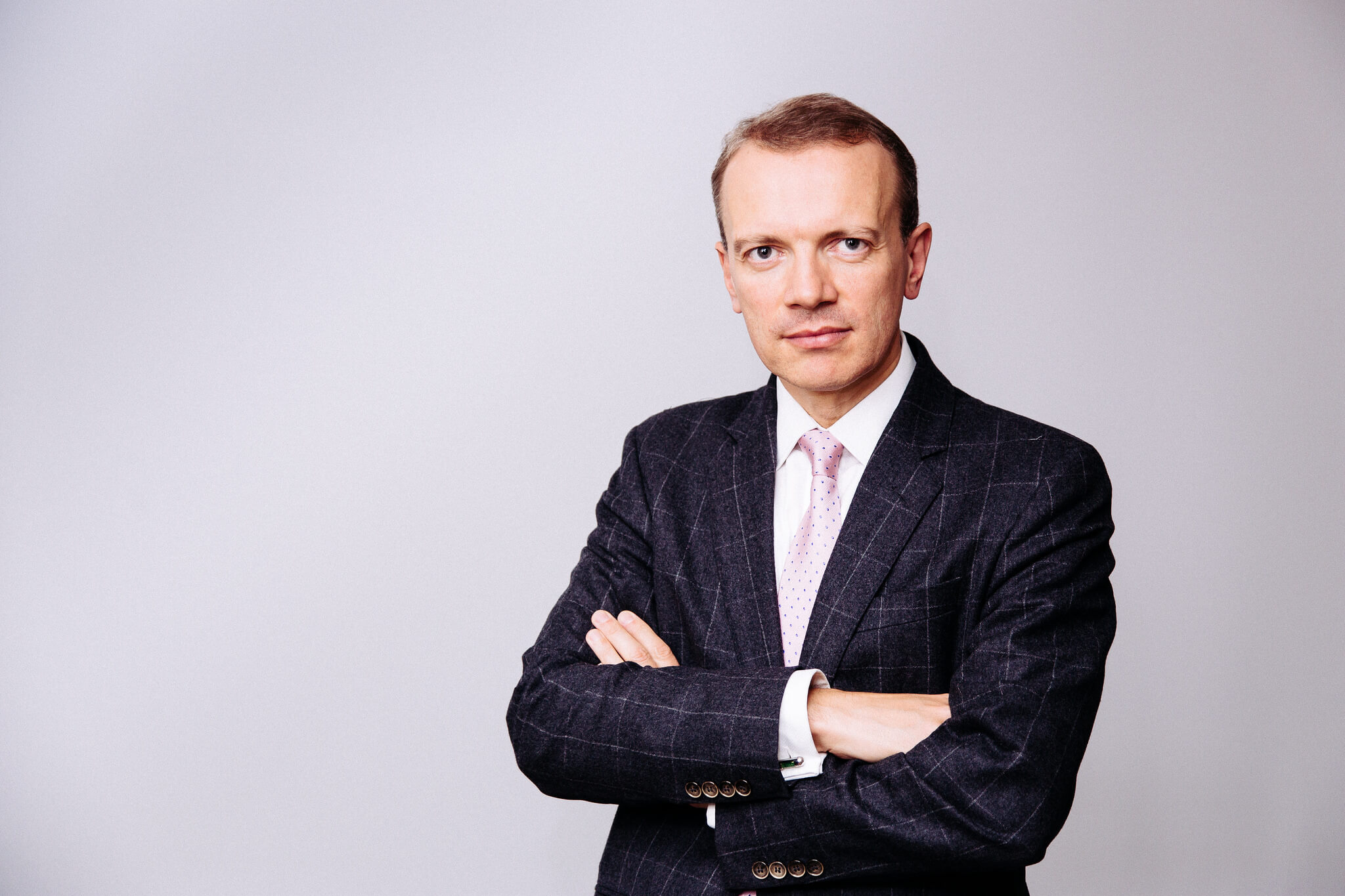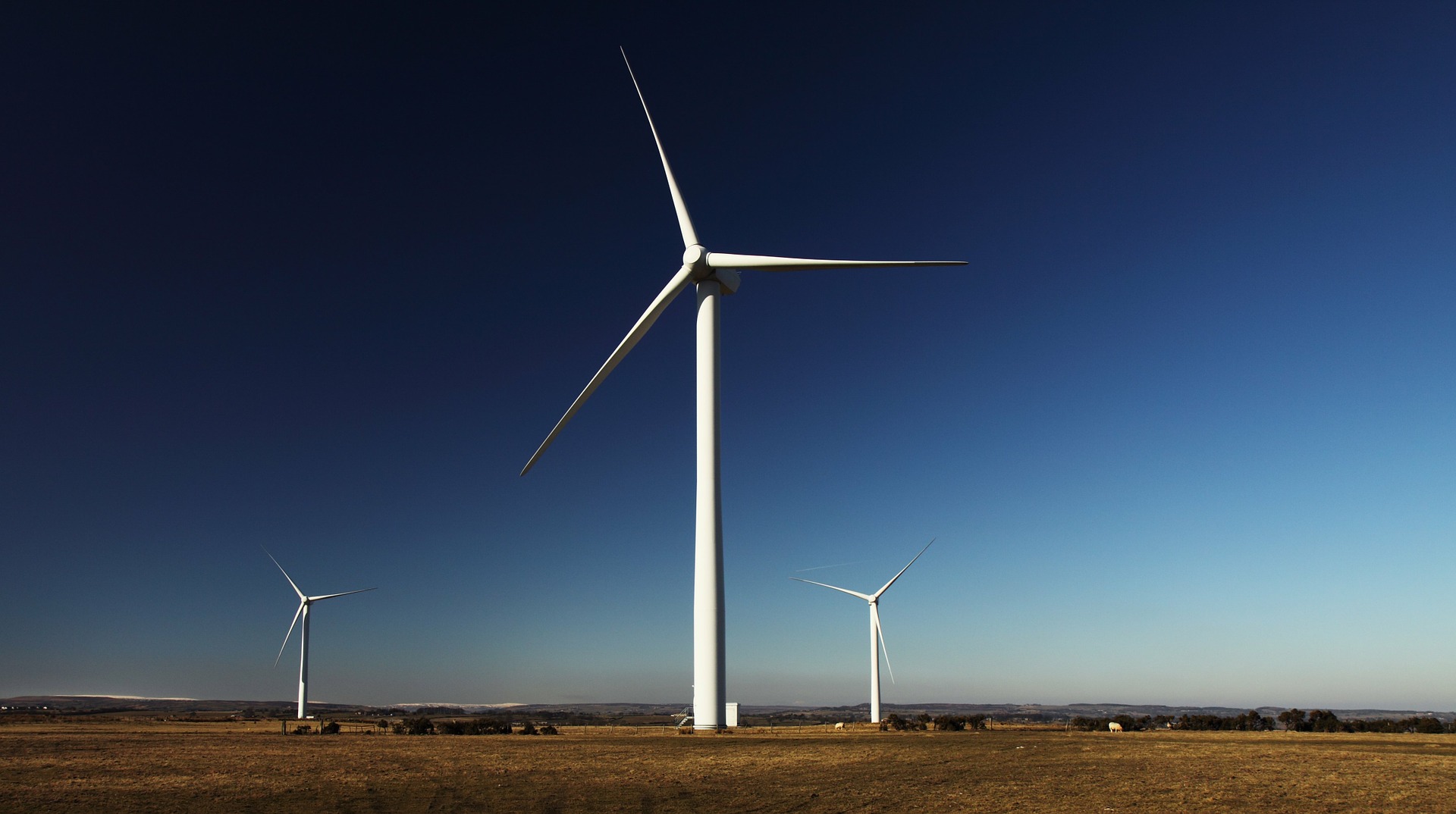Giles Dickson, Head of WindEurope: by turning to renewable resources, Lithuania busts myths
The Lithuanian National Energy Independence Strategy, pending approval by parliament, is making an impression. The ambitious goal is to triple the amount of electricity generated by wind farms by 2030 and, in future, to generate 100 per cent of the country’s energy from renewable sources. Such aims send a signal that Lithuania is following global trends, and deconstructs a myth that is still fairly commonplace elsewhere in Europe – that Central and Eastern European countries are not interested in renewable energy.

Full speed ahead to a clean future
I visited Lithuania for the first time two years ago, and already noticed an openness to the development of renewable energy. However, this has since gained even more momentum. I think the main aspect was the draft of the National Energy Independence Strategy presented by energy minister Žygimantas Vaičiūnas last year. When I met with the minister in person, I was pleasantly surprised at his openness to the development of wind energy both onshore and offshore. It is also pleasing to see the same stance at the Ministry of Economy and the Seimas.
The goal set by the National Energy Independence Strategy for wind power plants to produce 3.8 TW of electricity in 2030 reflects the potential of Lithuania to develop this type of energy. The efficiency of wind farms operating in the country is already 37-39 per cent, in many cases even exceeding the European average of 30 per cent. In addition, Lithuania has excellent opportunities for the development of wind energy at sea, so it is pleasing to see that the government is considering the opportunities.
The situation is further enhanced by continuously improving technologies, with 8 MW turbines currently being installed and GE recently announcing the launch of 12 MW turbines. While waiting for other manufacturers to announce their options, we predict that turbines will reach 14 MW in 2025. This means the power of turbines suitable for the sea is consistently increasing and, at the same time, boosting efficiency and lowering costs.
The role of electric transport
For the full picture, we should pay attention not just to electricity when talking about renewable energy. In Europe, about 30 per cent of electricity is generated from renewable sources. By way of comparison, 18 per cent of energy for heating and only 6 per cent of that for transport is acquired from renewable sources. We therefore need to examine how we can increase the share of clean energy in these sectors.
Of course, there should also be an increase in the amount of electricity produced from renewable sources, with clean electricity able to in turn spur changes in other sectors. I am sure this will happen. We believe that in 2030, some 50 per cent of Europe’s electricity will be generated from renewable sources and this share will continue to grow. But the real challenge is more clean energy in the heating and transport sectors.
How can we achieve this? Electric vehicles will of course play an important role here. However, hydrogen plays just as important a part. It can be clean, made of “green” electricity and be used as a car fuel. At the moment, we are closely and intensively working with the European hydrogen industry on this technology.
Lithuania follows global trends
Returning to the situation in Lithuania, it is important to note that the country has not overlooked global trends: the share of electricity generated from renewable sources should increase steadily, with the story of the heating sector’s success marked by the use of biofuels. I do not see any reason why there should not be a push towards cleaner energy in the transport sector as well. Evidence of this also comes from the example of your neighbour, Poland, which has often been criticised for being less progressive than others when it comes to the use of clean energy. But Poland is now among the most ambitious countries in Europe, with plans by the year 2025 to have a million electric cars on its roads.
It is realistic for Lithuania to have similar goals, because renewable energy is welcomed there by both residents and decision makers. That is why WindEurope recently organised a conference dedicated to operators that maintain and intend to invest in wind turbines. This event brought together many professionals from Lithuania and abroad who work in both the private and public sectors. The situation they experienced coming here defies the opinion in other parts of Europe that renewable energy is not a point of interest in Central and Eastern Europe.
Author of the comment – Giles Dickson, Head of WindEurope. WindEurope is an international organisation that unites wind energy companies around the world.
Post a comment
You must be logged in to post a comment.


